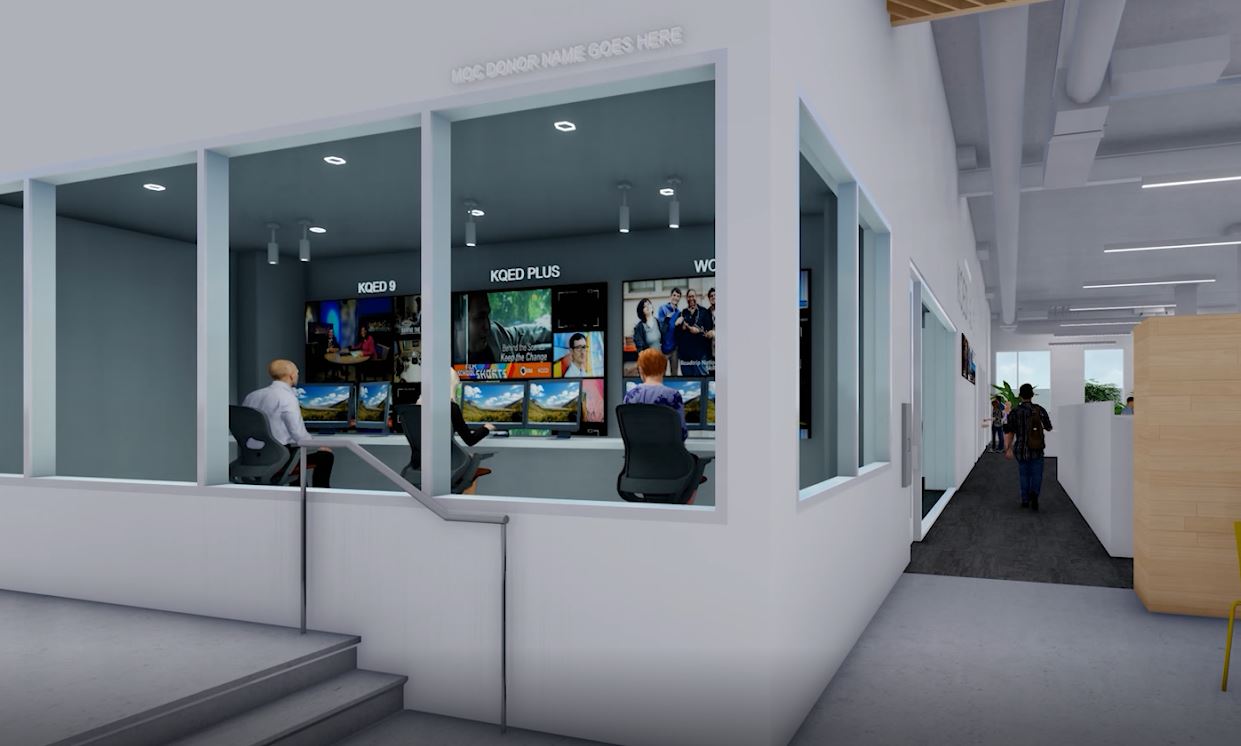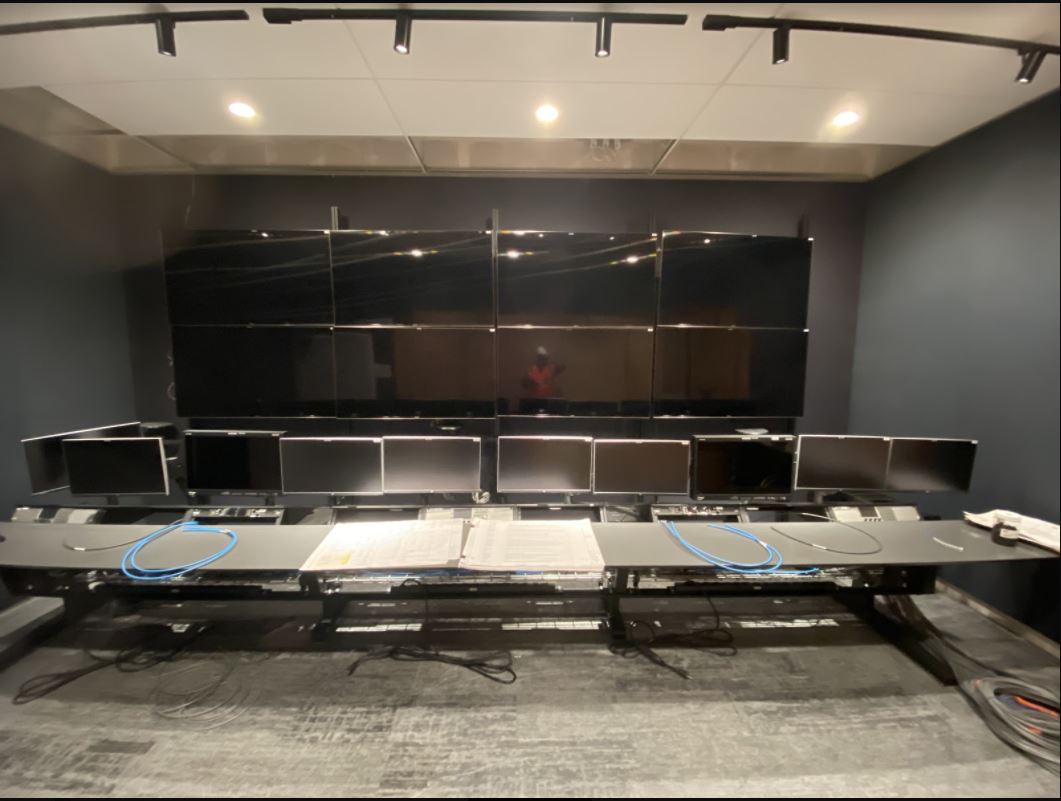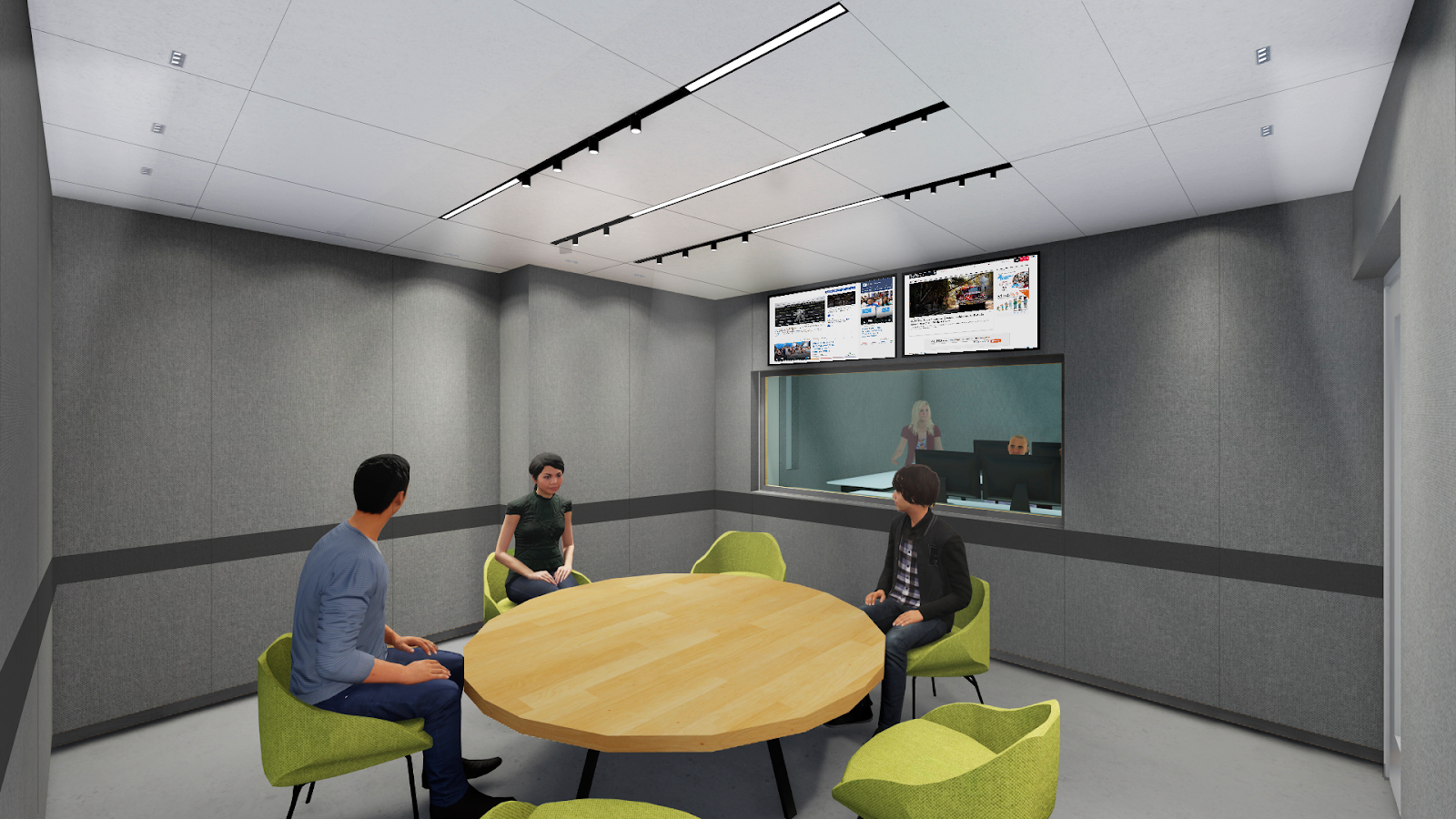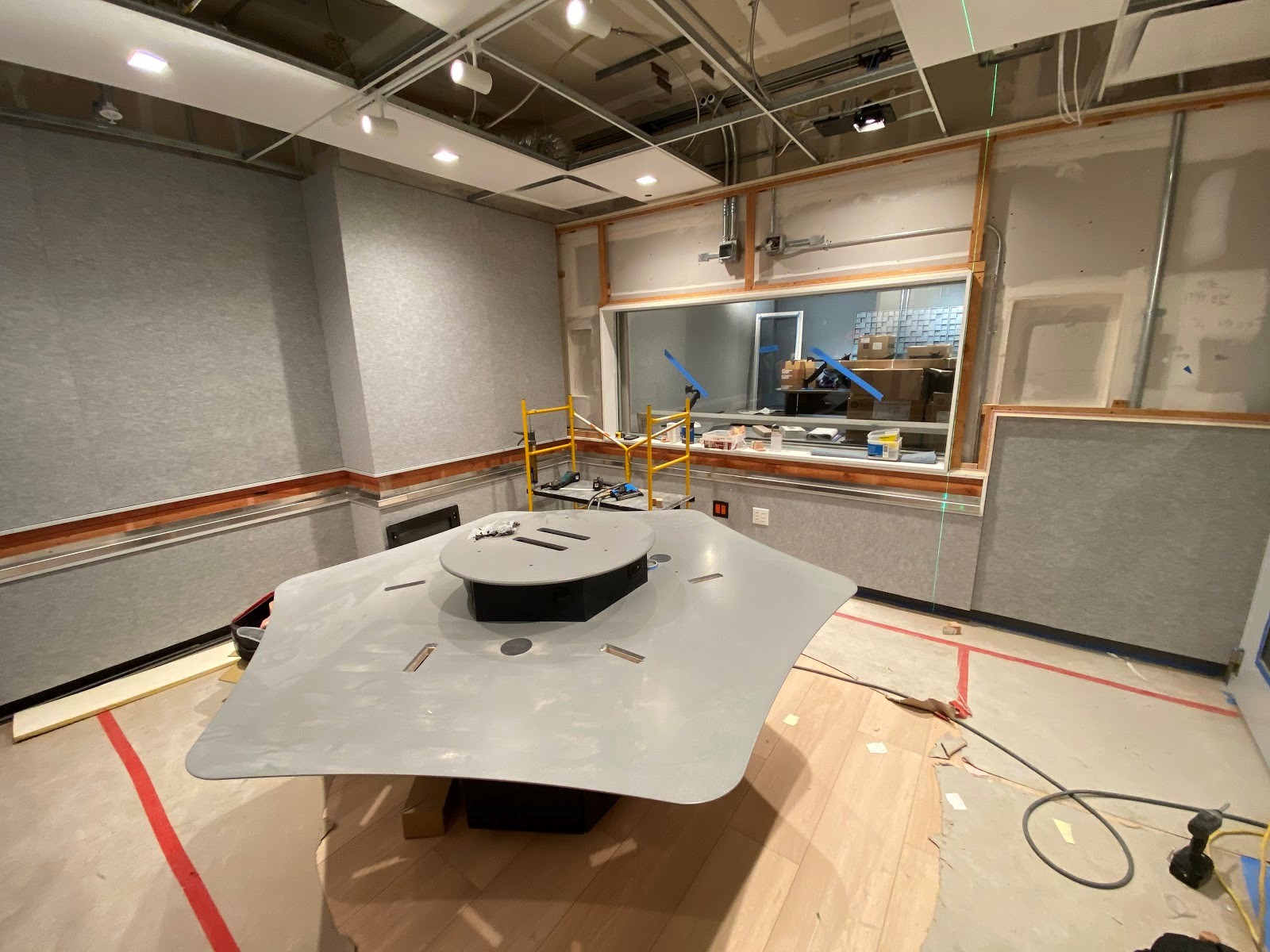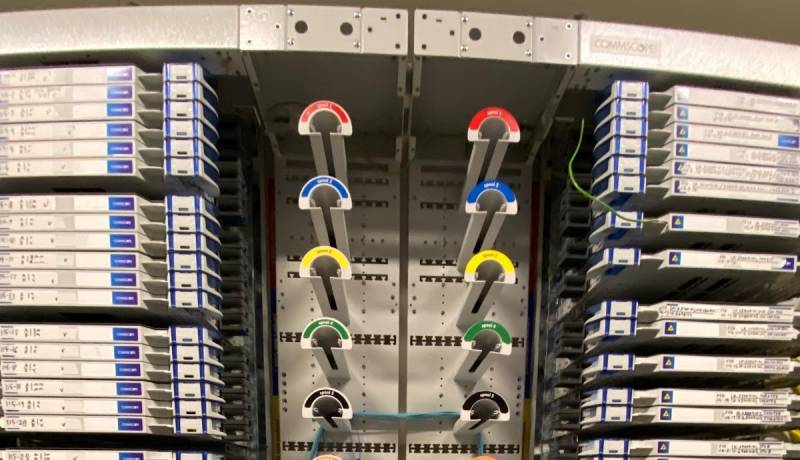The way the world creates and shares media has changed significantly since 1992 when KQED moved into our home at 2601 Mariposa Street. The long-planned renovation of our space started in 2019 and provided the unique opportunity for KQED to upgrade our technology to both improve current services and be better prepared for the future of broadcasting. As part of the renovations supported by Campaign 21, decades-old audio and video technology are being replaced with new digital production systems that support the cutting edge work already being produced by our content teams in News, Arts, Science and Education. New technology linking all of our future Radio Suites as well as new public event spaces like the Lobby and Commons will allow for expanded audio and video production opportunities, not just for KQED staff, but the community at large. The upgrade to a sophisticated high speed network instead of traditional video and audio cabling and equipment is best compared to when media transitioned from video tape to digital files in terms of quality and efficiency.
New technological upgrades include:
- The Commons: Our largest live event space featuring a 35' Projection Screen with 4K Laser quality and Surround Sound Cinema System.
- Newly imagined Primary Video Studio with large green screen and virtual set upgrades.
- Video Production Control Room where producers, directors, and tech ops staff work together to create sophisticated video content.
- Tech Center, created in 2015 with future needs in mind, now being fully realized to allow us to consolidate tech infrastructure to a single central location.
Some of the most important tenets of KQED are connectivity and accessibility and that starts at our home base. The better connectivity we have inside, the stronger, more reliable service we can provide to you.
